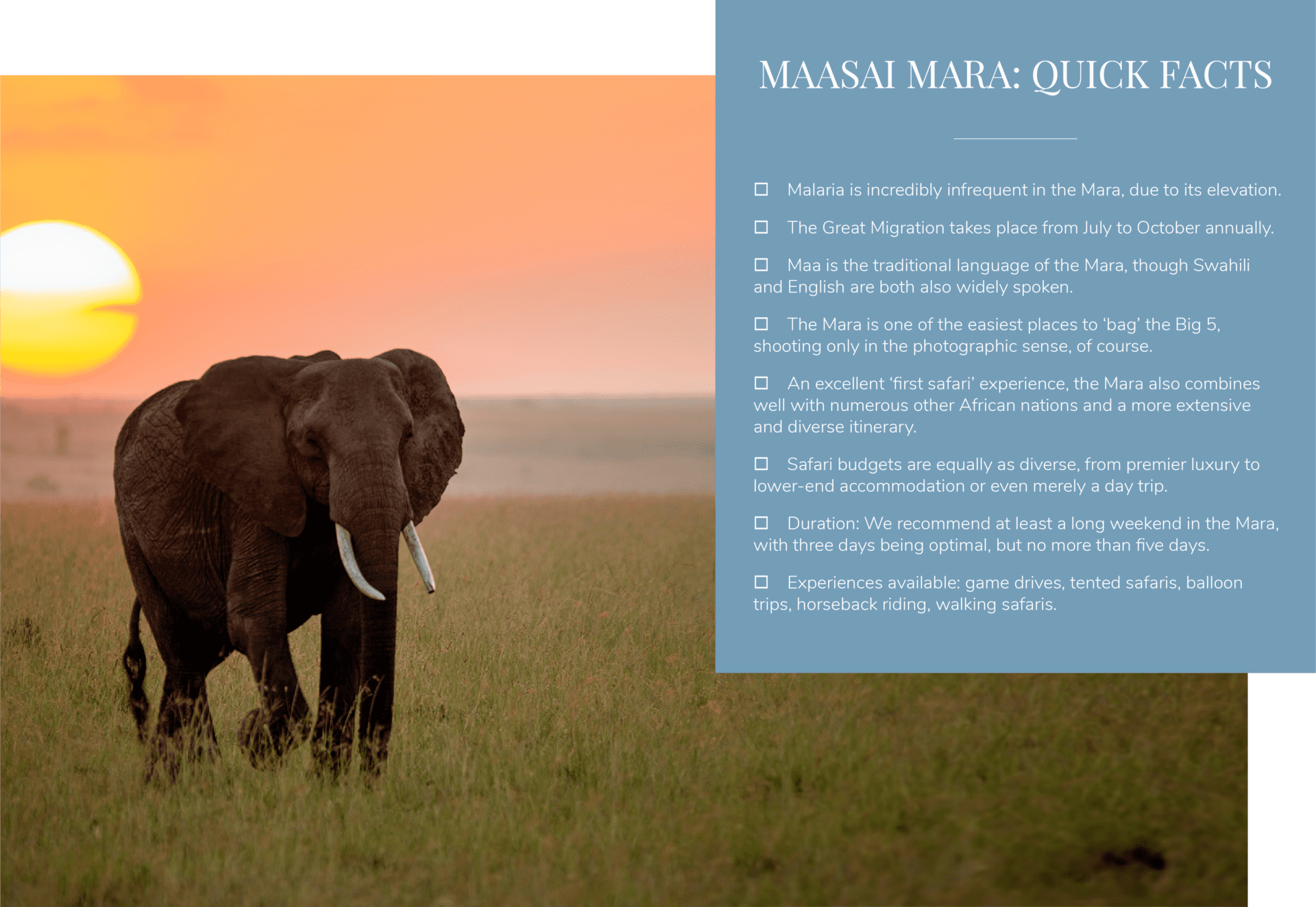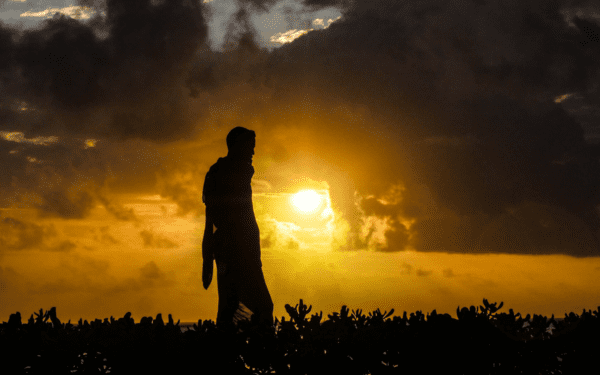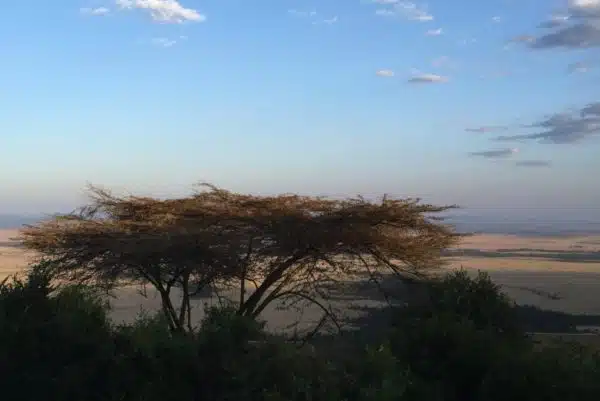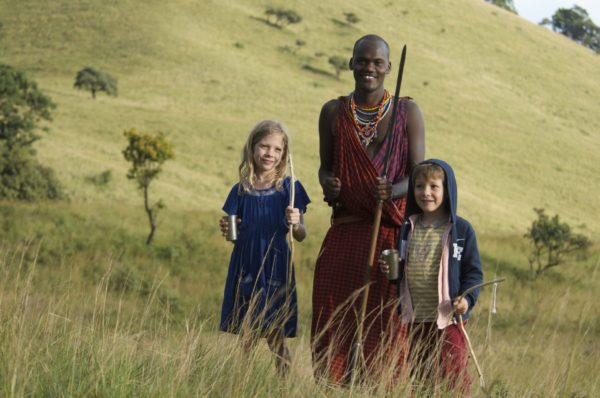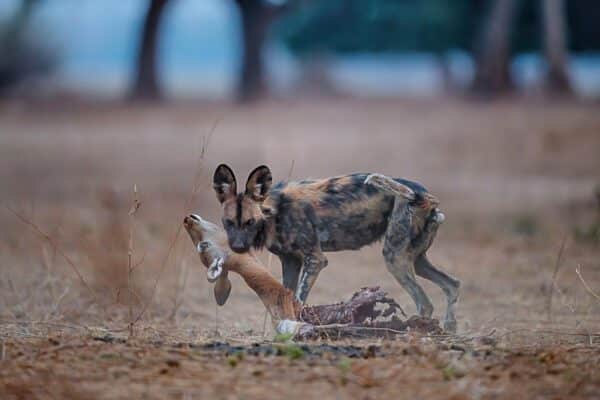MAASAI MARA, KENYA
Exploring the Home of the Maasai
Few destinations so evocatively capture the imagination as the Maasai Mara.
The mere mention of the Mara transports you to the plains, whispers Maasai song in your memory’s ears, conjures images of exotic animals in the mind’s eye and transports you to the most iconic of African scenes, whether you have actually been there or not.
It is the Africa of Meryl Streep and Robert Redford’s romance on the silver screen; the place of early 20th century British gentlemen taking cigars and brandy over the London Times immersed in the rich mahogany and sumptuous leather armchairs of the Nairobi Club; the quintessential tented safari on tawny grasslands, each and every one of the Big Five checked off in abundance, the braying of zebra waking you at dawn and the distant bellows of lion your nocturnal lullaby.
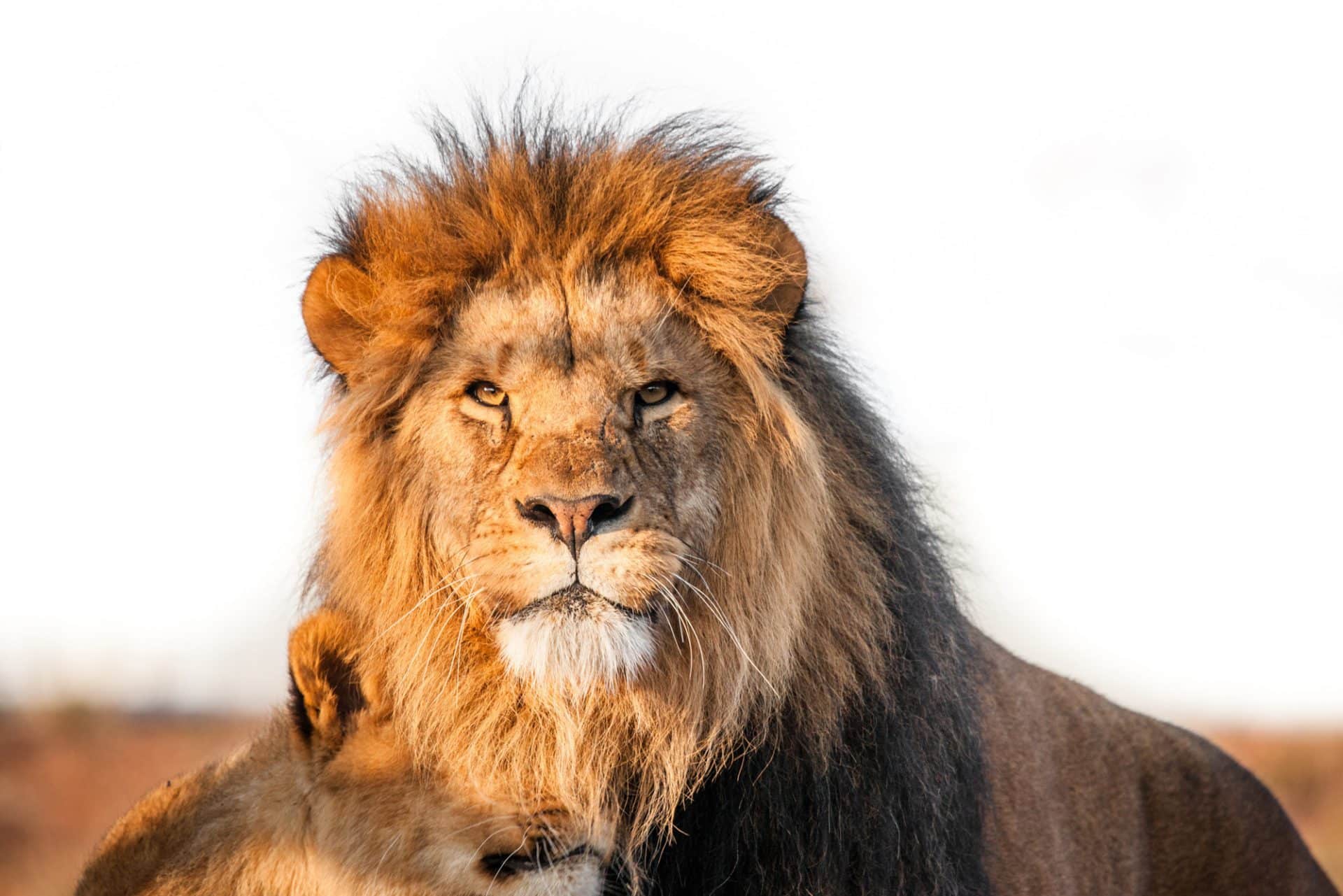
Safari is synonymous with the Maasai Mara, and the Mara with safari, its popularity justified unequivocally, and myriad perfect moments the realisations of one’s wildest dreams.
Spanning 580 square miles (1,510km²), the Maasai Mara – frequently, though incorrectly, also referred to as the Masai Mara – was established as a wildlife reserve in 1961. Heralded as one of Africa’s foremost national parks, its high abundance and diversity of wildlife, ease of accessibility, and proximity to the international airport of Nairobi, about four hours away overland, the Mara is incredibly popular, with some 300,000 visitors frequenting the park annually – perhaps not its most flattering of facts.
The Maasai of the Mara
Though they don’t consider themselves in ownership of the land, the Maasai people, for whom the park is named and not the other way around, dwell upon these fertile grasslands, their territory reaching into the bordering Serengeti National Park and Tanzania. The Mara was so named for the dappled shadows cast by the scudding clouds above and sporadic patches of trees which, when viewed from afar, look ‘mara’ – or ‘spotted’ in the Maa dialect.
The Maasai embody a philosophy of conservation, symbiosis and profound respect for their environment and its fellow inhabitants. Hunting minimally, they feel a complete unity and equality with the animals they share the region with, and it is a concept that is being reaffirmed in numerous private reserves and conservation practices. The Maasai, like many ancient cultures, have realised that their prolonged sustainability is founded in their respect for the land, taking only what is necessary and giving back when required.
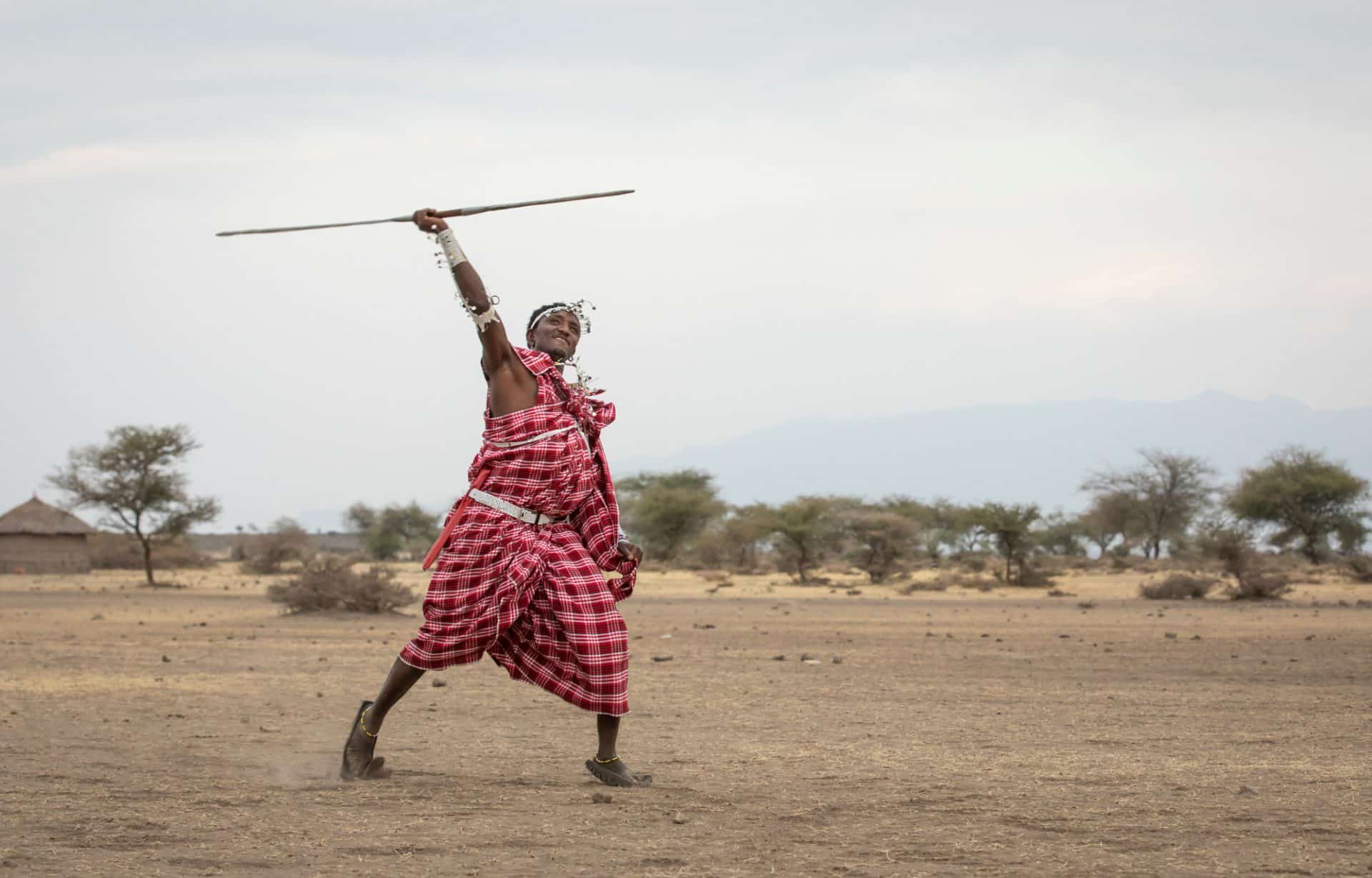
Semi-nomadic herdsmen, their cattle are their lives, providing sustenance, status and a dowry. The Maasai ebb and flow with the seasons, migrating to pastoral lands as the need for new grazing arises, and are impeccably aligned with the climate’s fickle dance. This prevents lands from becoming over-grazed and infertile and is being lauded as a standard from which western farming practices could greatly benefit.
The Maasai are wonderful craftspeople, weaving vibrant kikois – or sarongs – creating exquisite beading and adorning themselves in handmade jewellery and headwear. This, along with their iconic leaping marital ritual and tracking expertise, is often shared with visitors as a tourist attraction and introduction to Maasai culture; but there are other traits that are somewhat less appealing.
The Maasai are sanguinarians – they drink the blood of their cattle – but, while this may seem nauseatingly barbaric to us, it is both a sustainable and, in a sense, more humane way to gain a balanced diet from their livestock. Imbibed only on special occasions or in periods of famine, the blood is taken from the cows with surgical precision, the wound healing in a matter of days and the cows never bled to an emaciated or sickly state.
Another trait some might deem unsavoury is the killing of lion. This rite of passage takes place when men come of age and often results in injury or even loss of life. Only male lion are hunted, diversifying the pride’s gene pool and, in many ways, greatly benefiting the lion population.
The Great Migration
Like the Maasai, the ruminants of the Mara plains are also continually on the move. Comprising over a million wildebeest, 300,000 zebra and abundant numbers of several gazelle species, the migration sees these 2 million creatures circumnavigate an annual route in an almost continual state of flux.
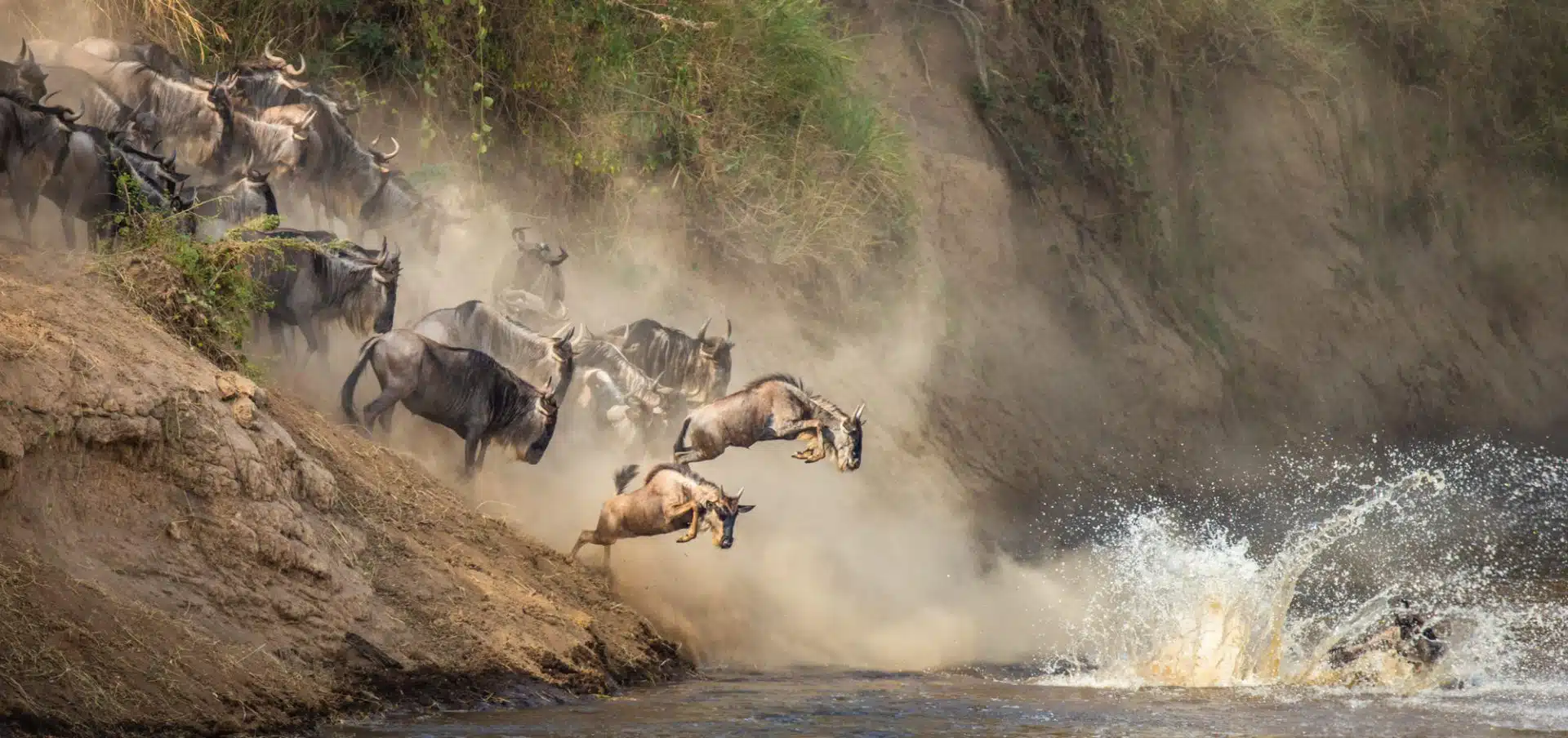
Incredible to see in any regard, the migration offers spectacular viewing opportunities including dramatic hunts by the Mara’s big cats and dynamic river crossings, as thousands of animals cascade down the steep river banks and across the rushing waters.
Often described at ‘the greatest show on earth’, the Great Migration is fraught with peril for the wandering herbivores, and hungry eyes watch their every movement from the grasslands to the rivers. Newborn wildebeest – up to 8,000 per day of them – can walk from birth and run with the herd within days and, when predators lurk nearby, will be surrounded by adults for protection. Tragically, almost one fifth of animals won’t survive the 500-mile (800km) circumnavigation. Some will perish naturally, but many will be taken by predators, providing vital food for the Mara and Serengeti’s carnivorous population.
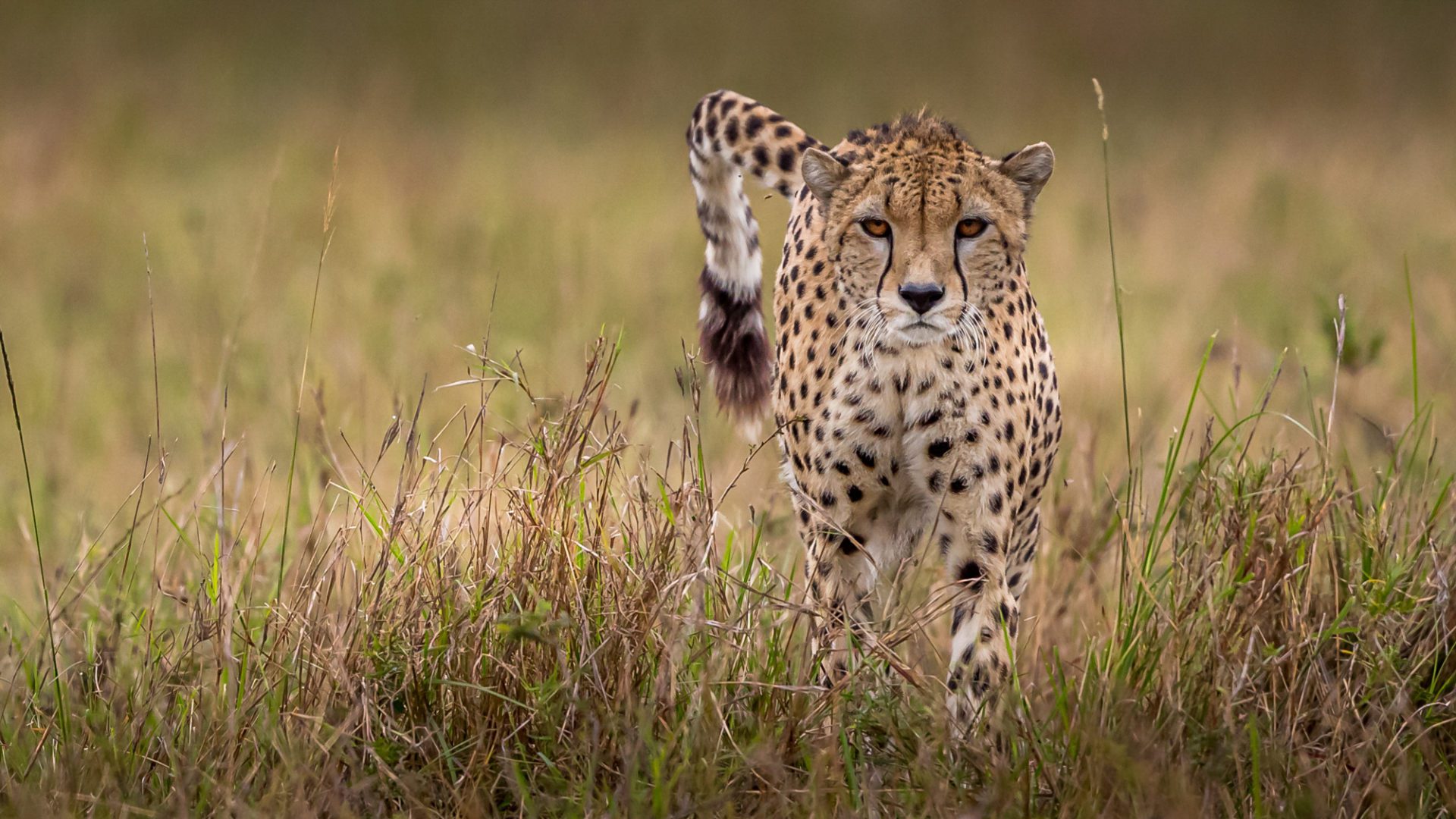
Visible from space, the migration is, nonetheless, somewhat of a mystery. Impeccably orchestrated, the lead animals graze the uppermost grass, followed sequentially by lower grazers, so all species are provided for. Navigation, too, is exceptional, and scientists are still baffled as to how the wildebeest at the head of the migration are able to lead the way with such geographic accuracy.
However they do it, and wherever they may wander, the Great Migration is an unmissable sight to behold, traversing the Mara each year between July and October.
Life on the Maasai Mara
Even without the Great Migration, wildlife in the Maasai Mara is abundant. The region contains one of the highest densities of big cat populations in Africa, including leopard, cheetah and lion. Hunting dogs and hyenas add to the hungry gauntlet cast for the migration and the Mara’s herbivorous population.
Giraffe, water buffalo, black rhino and over 500 bird species also call the Mara home and there is little pause in the spectacular array of wildlife to be seen on any given day.
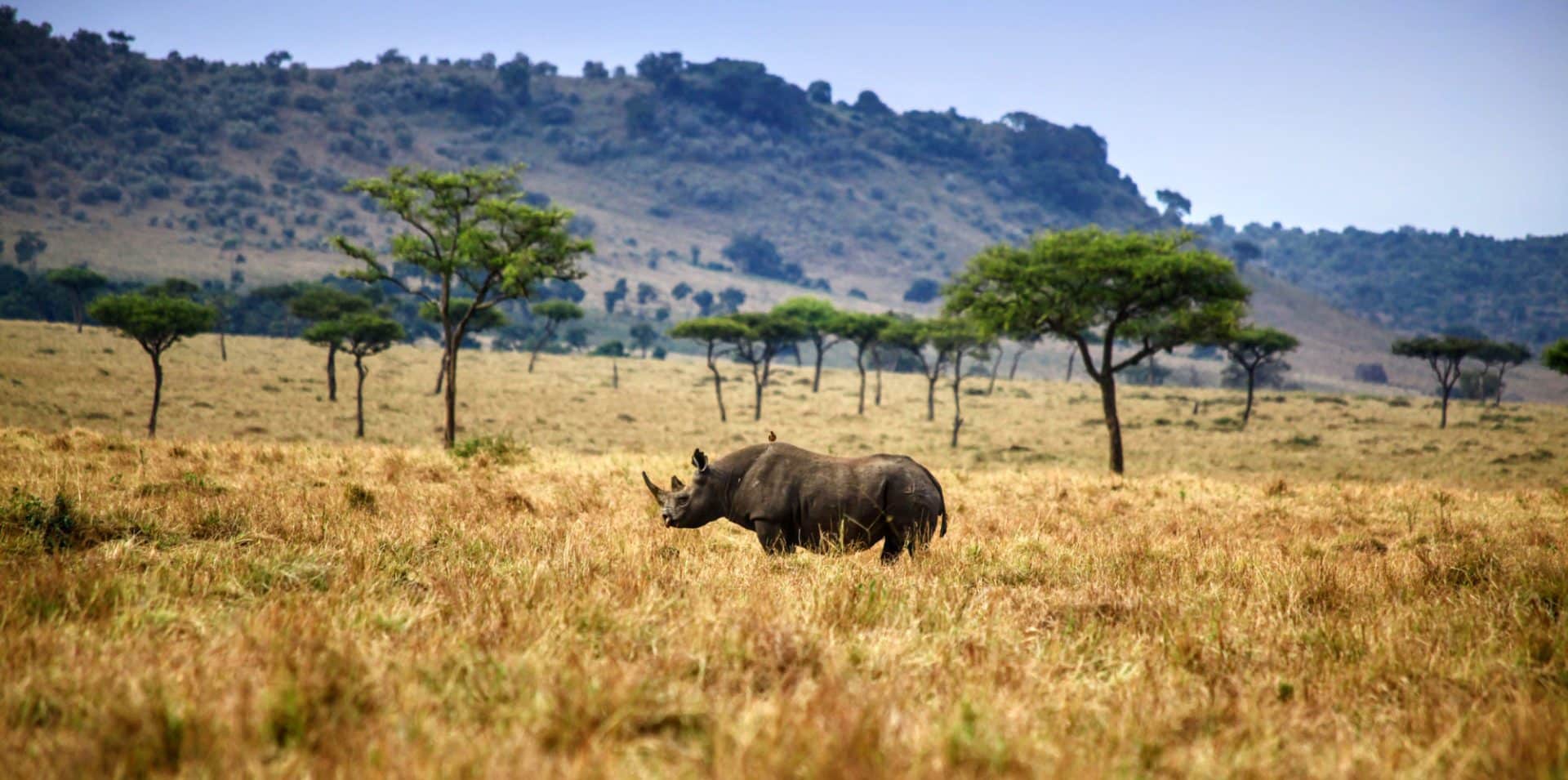
With such a profusion of predators, walking safaris are stringently monitored. However, though wandering the wilderness on your own may be ill-advised, taking to the plains on foot under the watchful eye of an expert guide is truly exhilarating. To walk through the Mara, the sounds of wildlife filling your ears and the smell of the warm grass rising from the plains, is to discover a completely different Africa to the one seen from a game vehicle. You aren’t merely viewing nature, you are part of it, intertwined in its daily undulations and, though you are far from accepted by the herds, they view you instead as another being, connecting eyes with you warily, rather than nonchalantly accepting the familiar vehicles as they roll by.
Horseback, too, provides an exceptional perspective from which to experience the Maasai Mara. While a two-legged spectator will alarm a herd of zebra, a horse-borne visitor is all but ignored, and you are able to gallop as one with the herd.
Finding Peace in the Maasai Mara
So about those 300,000 annual visitors…
The Mara is a public national park, open to any who wish to visit and pay the cover charge. However, this doesn’t imply that you will be sharing the tranquillity of the Mara plains with fleets of tourist buses and an onslaught of snap-happy visitors. Certain areas of the park are, indeed, quite significantly trafficked, but these are not the regions to which we take our guests. Similar to its South African sister of Kruger National Park, the Maasai Mara shares its borders and, ergo, its tranquillity and abundant nature, with several small private conservancies.
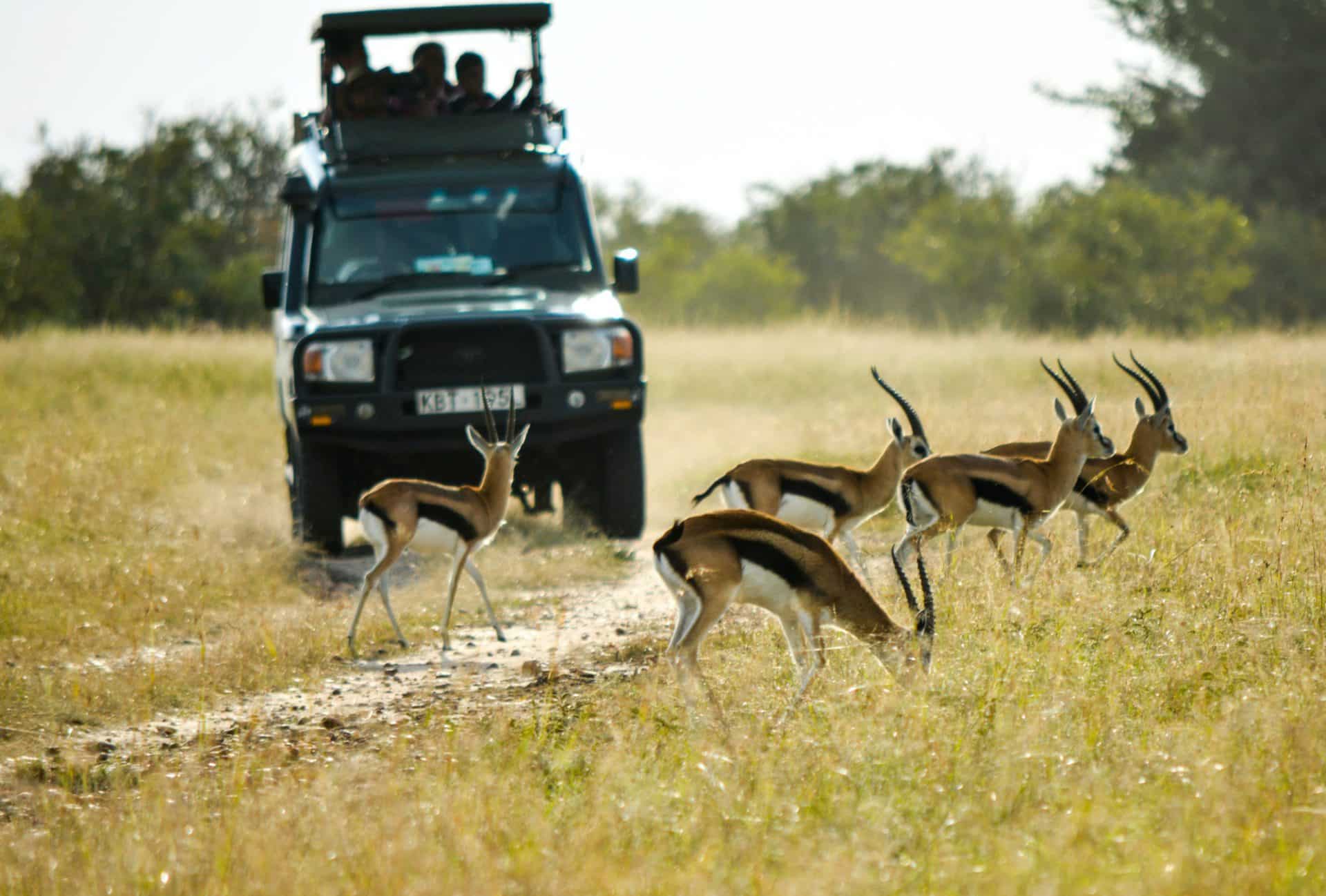
Far from the public thoroughfares, these conservancies allow you access to the unpopulated regions of the Mara, as well as a completely exclusive reserve, shared only with the Maasai themselves.
Some, such as Mara Plains Camp, share a larger conservancy with several other, equally intimate camps, including Kicheche Camp and, one of our personal favourites, Olare Mara Kempinski. Others, including the House in the Wild, set on a private 1,000-acre farming concession, and Cottar’s 1920s Camp, are within walking distance of the Mara’s borders in their own exclusive conservatories.
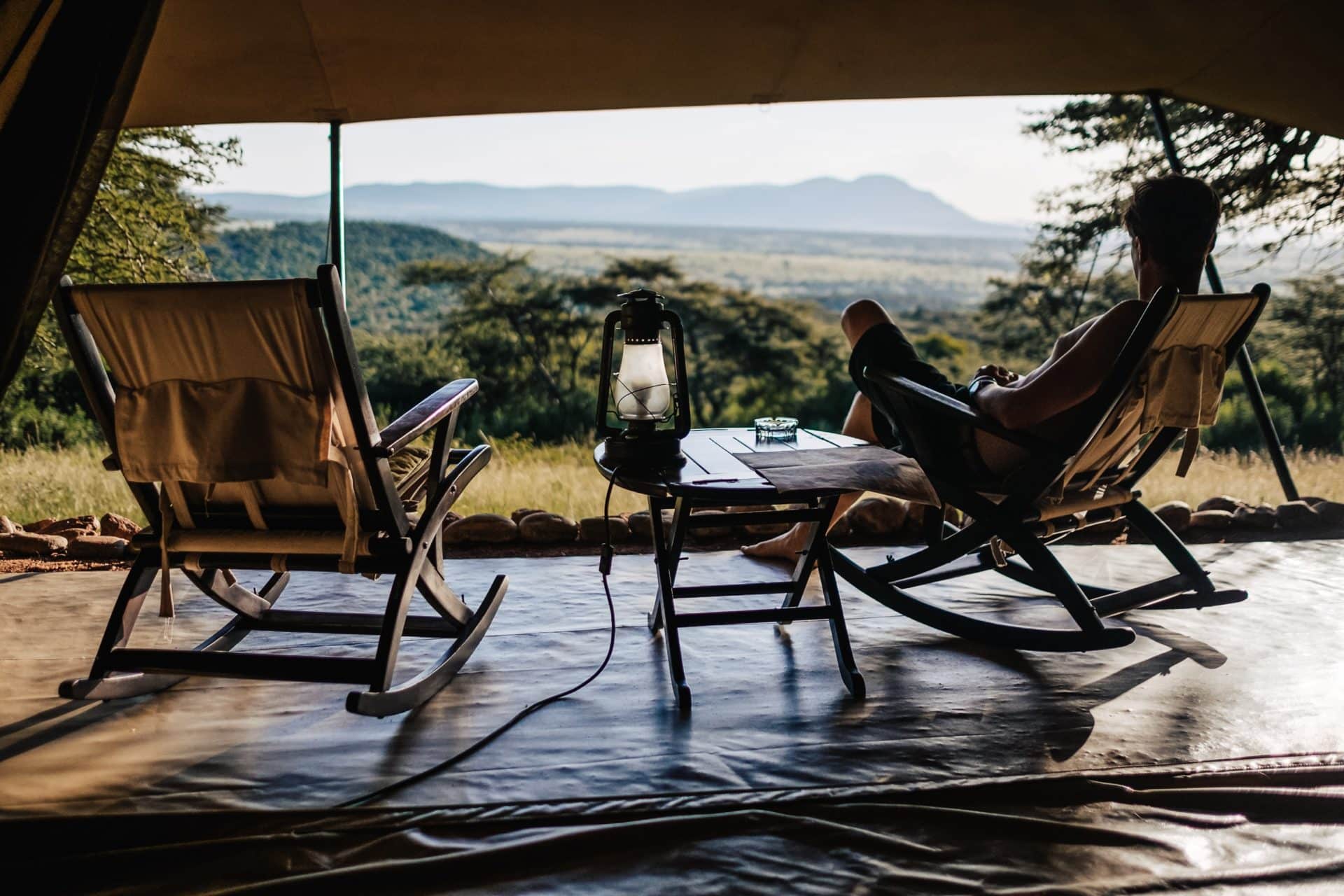
Beyond the Mara
The Maasai Mara is its own consummate safari experience. For those wishing to fulfill a lifelong dream of experiencing the plains of Africa, it is, quite simply, unparalleled and will deliver far beyond expectation. Though this is highly advantageous, it also caters to only this specific aspect of a more extensive African adventure. Fortunately, a dichotomy of experiences is within easy reach. The Mara spans Kenya’s border with Tanzania, where the park becomes the vast Serengeti. To the west lies Lake Victoria, itself flowing into both Tanzania and Uganda. Kenya’s east coast is an exquisite tropical beachside escape from the drier, dusty interior, and Mombasa’s coastline offers dreamy white-sand beaches that melt into the balmy azure waters of the Indian Ocean. To the north, the grasses and plains give way to the fascinating desertlands of Samburu County, while Nairobi’s international airport provides easy transfer to any other African nation of your choosing.
The Maasai Mara is an incredible asset to any itinerary and highly recommended, even for seasoned safari travellers. Discuss the possibilities of the Maasai Mara with your travel designer.

